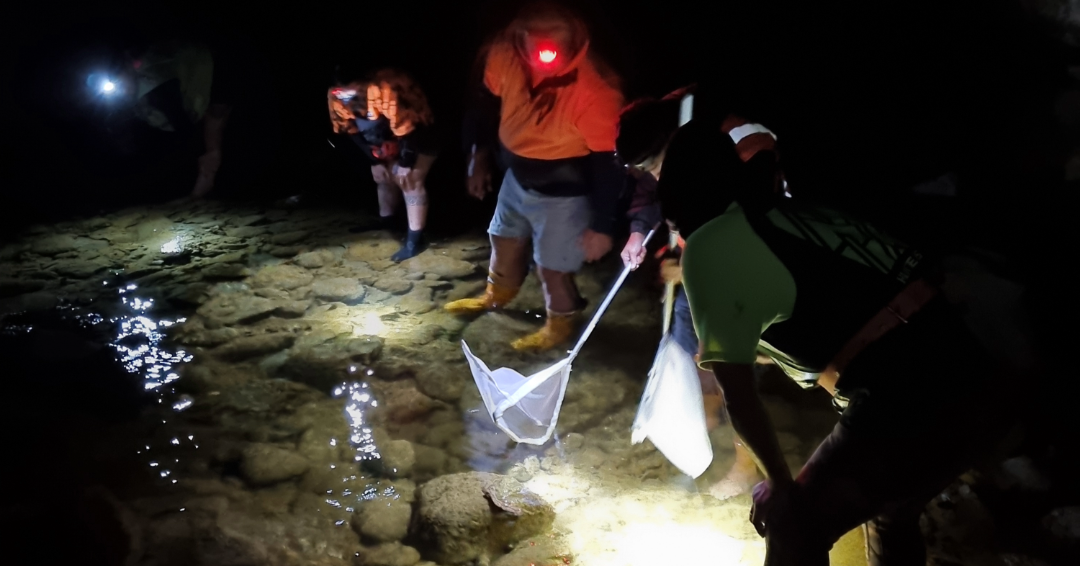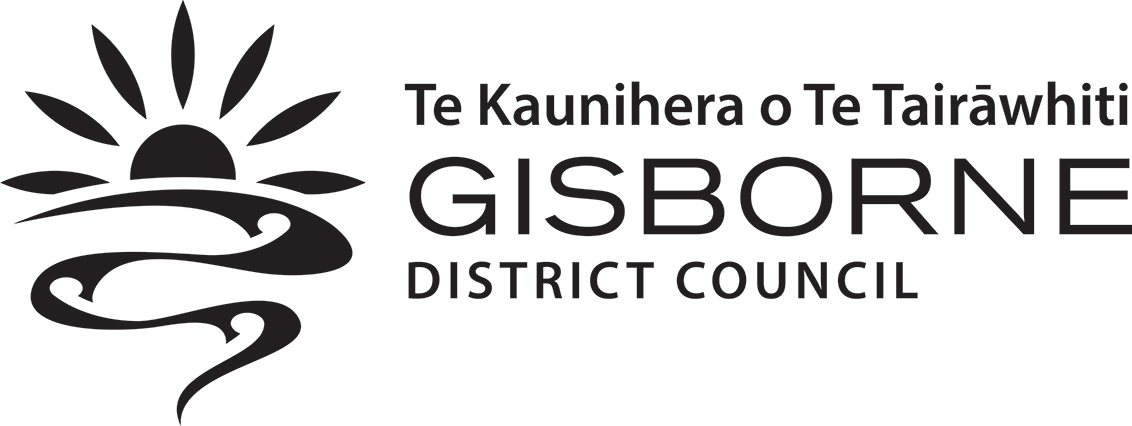28 May 2024
Recently Council’s Waingake Ngahere Ora team had the opportunity to work alongside Su Sinclair, an ecologist from Active Ecology in a masterclass in Gecko spotting.
The nightly sessions took place in the Waingake Waterworks bush, where Su shared her experience on gecko spotting, habitat identification and key species indicators. Council’s Biodiversity team were invited along to learn.
Su and the Waingake team identified a few accessible locations to begin the gecko spotting, however despite an abundance of habitat and food sources, the little lizards proved hard to locate. Su’s key tips for identifying gecko in the bush include;
- Searching edges of bush along tracks and roadways- close to a water source if possible
- Scrubby bushes such as Mānuka and Kānuka make a great background to identify geckos against
- Reflection from the lizard’s eyes can be useful, however looking for abnormal shapes in the scrub and the light-coloured belly of the lizard is easier and more reliable by head torch
It is also important to note that you must apply for special permissions to touch, hold or relocate many types of lizard species in New Zealand, so best to keep hands off.
Alongside the nightly activities, Council’s bat monitors were deployed in two locations. The monitors recorded activities from long tail bats in each location, with several strong, clear readings and a few scattered, probable recordings.
Fish spotlighting was another new activity to the Waingake Ngahere Ora team, alongside one of Council’s Biodiversity advisors, the team spotlighted two sections of the Mangapōike river over two nights. Locating two species of bully (Cran’s and Common), kōura (Freshwater crayfish), and both long and short fin eels.
Biodiversity is in abundance in the unique environment and with full credit to the Waingake Ngahere Ora team for both hosting and facilitating the monitoring sessions, as well as the amazing mahi this crew do daily to protect Waingake bush. Special thanks to Su Sinclair for her expertise also.

